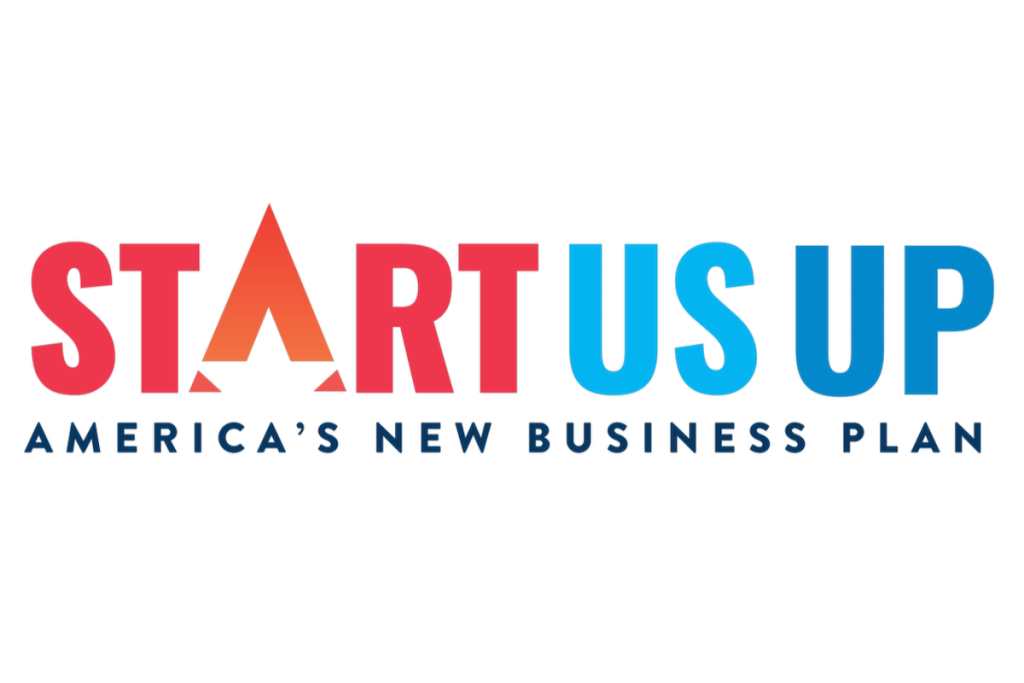The federal Paycheck Protection Program (PPP) has provided billions of dollars to new and small businesses since its creation in April 2020. But on May 4, news broke that funding for PPP loans was exhausted — except for $8 billion remaining in a fund designated for minority depository institutions (MDIs) and community development financial institutions (CDFIs).
As America’s economic recovery slows, the $8 billion remaining could be critical ahead of the May 31 PPP deadline. But with CDFIs and MDIs as the remaining source of PPP funds, it’s important to understand their role in the funding ecosystem, as well as what policymakers can do to invest in their long-term success.
The longstanding effects of systemic racism on America’s banking industry is well-documented. In March, Prosperity Now’s Gary Cunningham wrote in a Star Tribune op-ed:
“BIPOC-owned businesses also have weaker banking relationships and fewer financing options than their white-owned counterparts — a persistent legacy of redlining. They rely on Community Development Financial Institutions (CDFIs), Minority Depository Institutions (MDIs) and other local intermediaries to acquire loans and financial services.
“The combination of historically unfair treatment and the denial of traditional banking and financial services in BIPOC neighborhoods depressed the scale and scope of resources needed to achieve economic prosperity and asset accumulation.”
This reality was on full display in the early months of the pandemic. While Black-owned businesses shuttered at outsized rates, as little as 12% of Black and Latino business owners who reported applying for PPP funding (spring 2020) received the help they requested.
To remedy, the second round of PPP included set-asides for CDFIs and MDIs — a step in the right direction and one that delivered strong results. An additional $10 billion set-aside in the American Rescue Plan further promised to extend the capacity of these local institutions.
But even so, as funds remain in the CDFI earmark with the PPP deadline looming, it’s critical policymakers’ recent activity around CDFIs and MDIs translates into a long-term commitment to their success.
As noted in America’s New Business Plan, consolidation in the banking industry has exacerbated gaps in capital access for new and small businesses, especially those owned by entrepreneurs of color:
- The number of community banks declined by more than 2,000 from 2008 to 2018
- The number of MDIs went from 164 at the end of 2001 to 143 at the end of the third quarter of 2020
- The number of Black-owned banks declined by more than half between 2001 and the third quarter of 2020, from 48 to 20.
Policymakers have an imperative to reverse those trends, especially given the reliance of communities of color on these institutions amid decades of redlining and discriminatory lending practices.
Specifically, America’s New Business Plan encourages policymakers to:
- Expand the U.S. Treasury Department’s CDFI Fund to help CDFIs scale and lend to more new and small businesses in their communities.
- Encourage the capitalization of local financial institutions by backstopping “equity-like” investment in CDFIs and MDIs and strengthening investor tax credits.
- Provide technical assistance and funding to help CDFIs expand operations.
- Work with philanthropic organizations to create funding pools that reduce risk and interest of CDFIs’ short-term lending to businesses not eligible for SBA loans.
Only then can CDFIs and MDIs live up to their full potential, helping to build long-term wealth in underserved communities and ensuring equitable access to capital nationwide.

